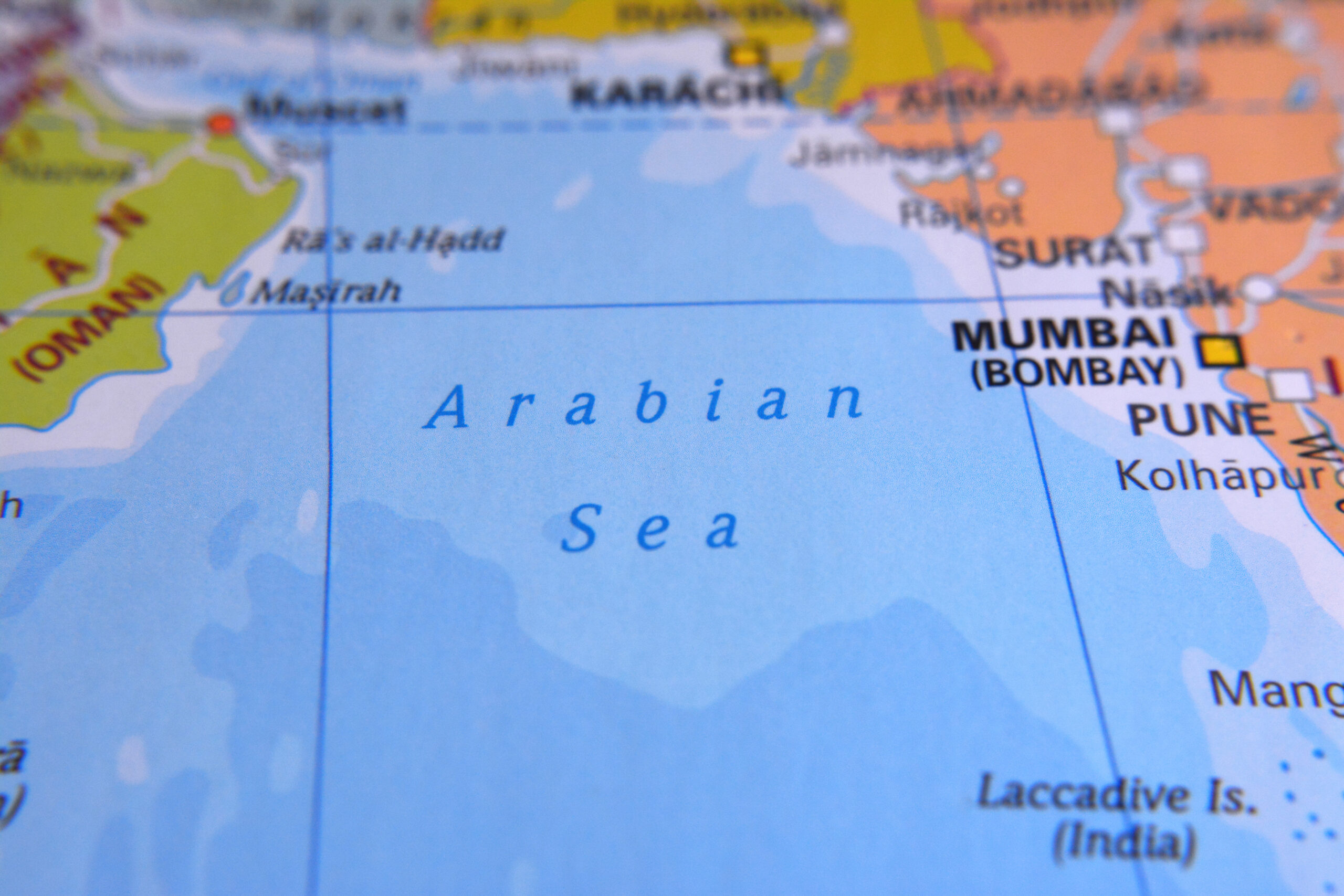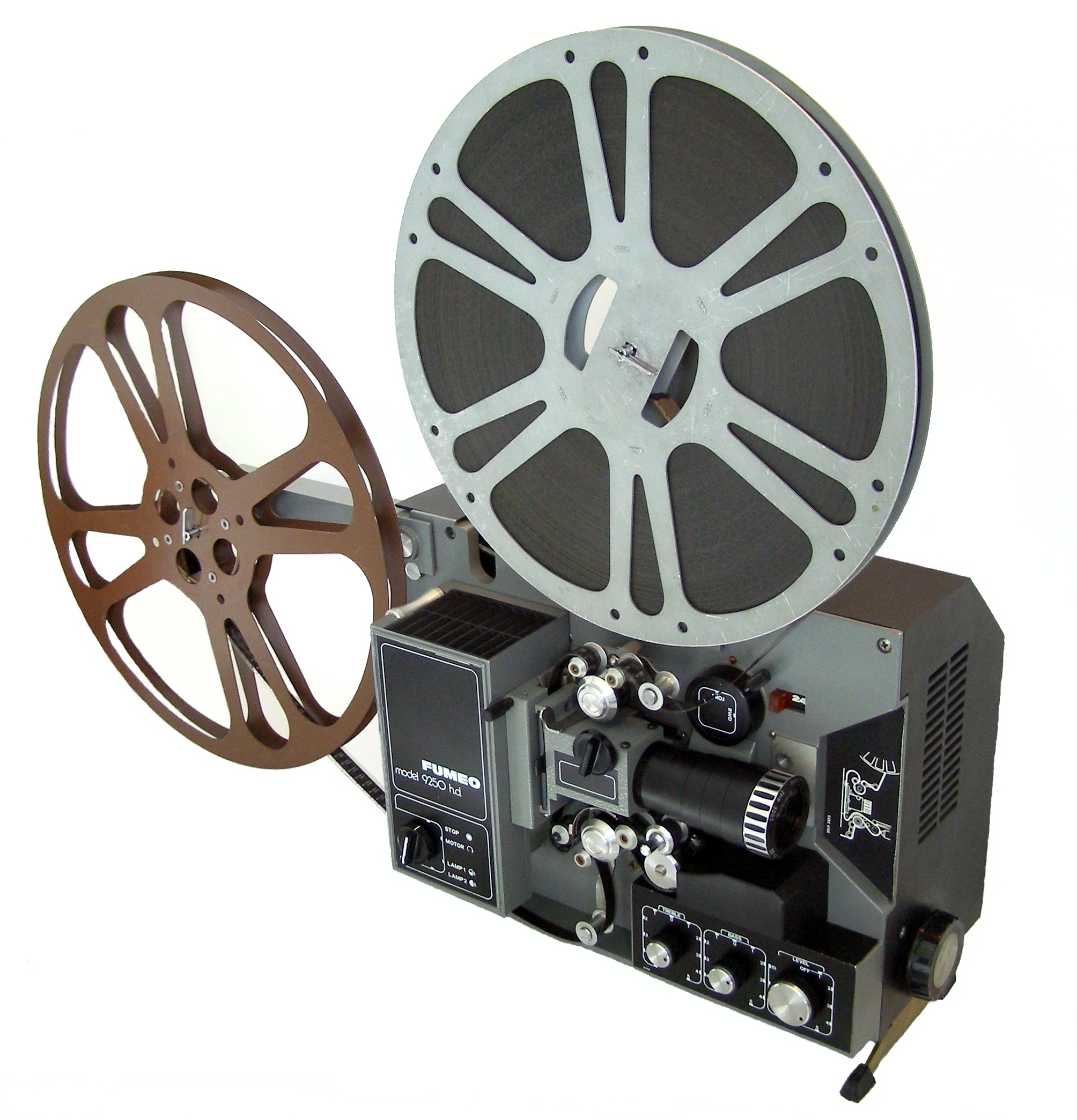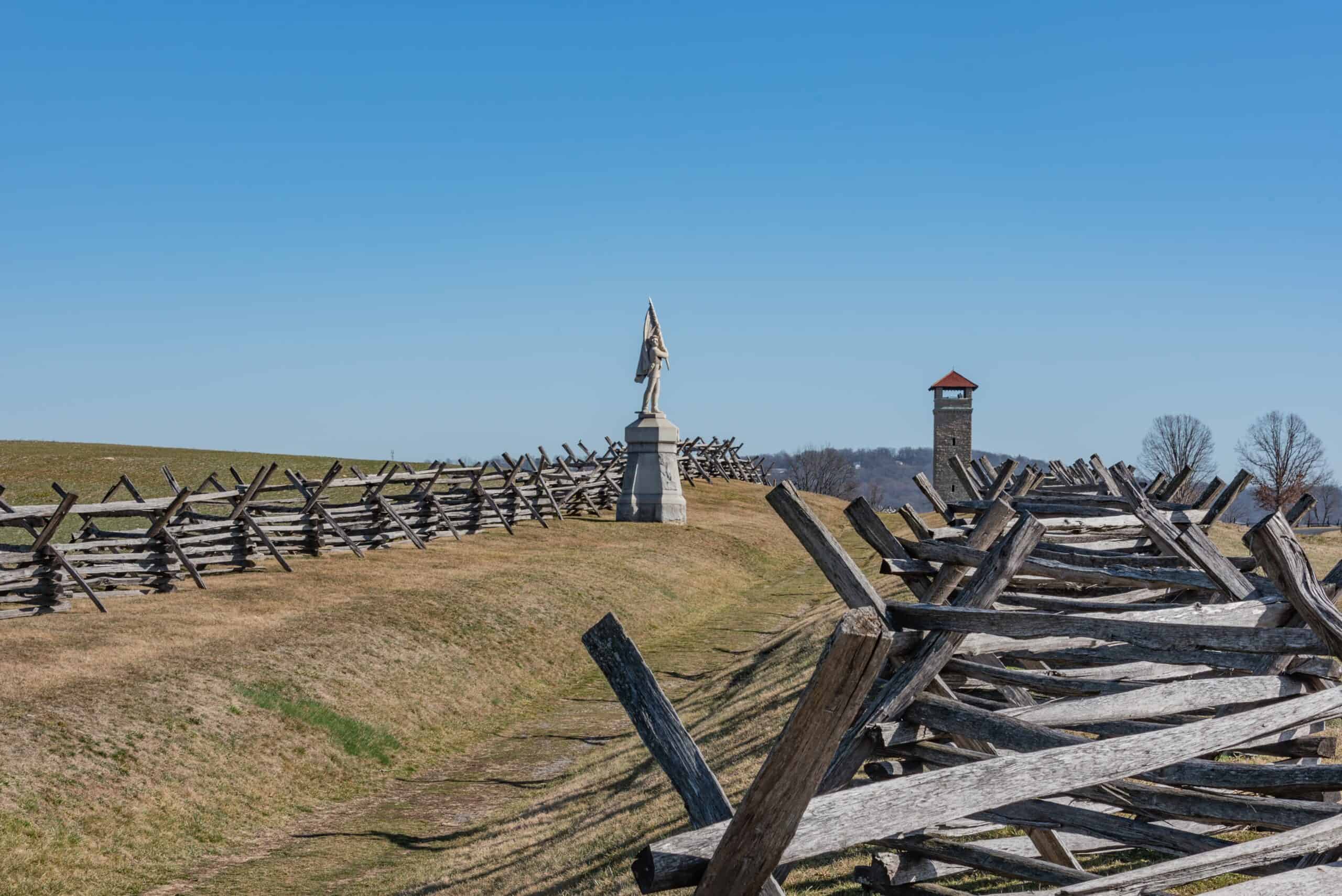When it comes to cinema, length isn’t always a measure of quality, but some films take it to an extreme. From experimental art pieces to meditative explorations of time and space, these seven longest movies ever filmed push the boundaries of storytelling, endurance, and what we consider to be traditional cinema. While most of us are used to films that run a couple of hours, these projects stretch that concept to the limit, offering viewers a unique—and sometimes daunting—experience. Whether it’s capturing real-time events, showcasing extreme performances, or simply testing the limits of patience, these films stand as monumental feats in the world of filmmaking. Here’s a look at some of the longest movies ever made and what makes them so unique.
“Out 1” (1971) – 13 hours 23 minutes
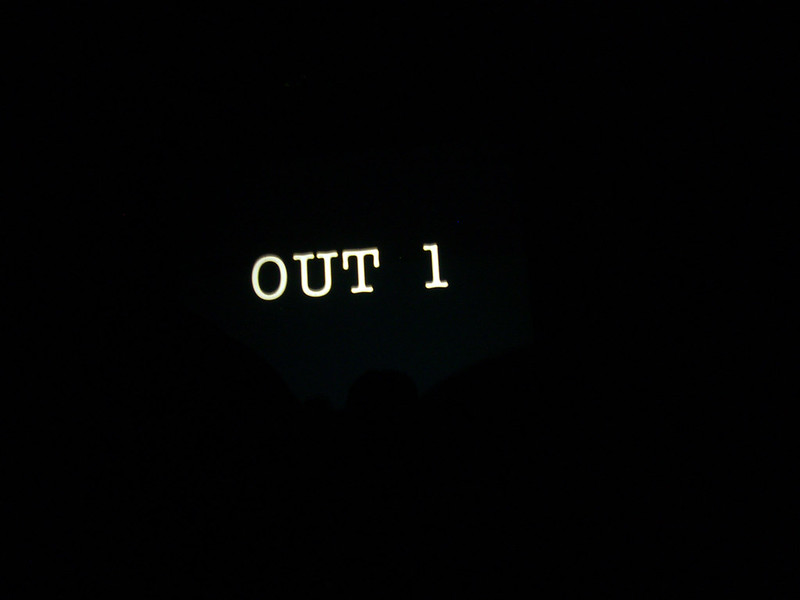
Director Jacques Rivette’s Out 1 is an intricate and sprawling film, running over 13 hours. The film is a labyrinth of interwoven stories, focusing on two theater groups in Paris, their quest for a hidden conspiracy, and their evolving relationships. Rivette’s method of storytelling is slow-paced, with an emphasis on deep character study and the exploration of group dynamics. Out 1 challenges traditional narrative structure and often veers into experimental territory. It is as much a meditation on the nature of theater and performance as it is a psychological exploration. Despite its length, Rivette’s approach captivates those willing to invest the time to experience it in full. As one of the most ambitious films of the French New Wave, Out 1 remains a defining piece of avant-garde cinema.
“The Clock” (2010) – 24 hours
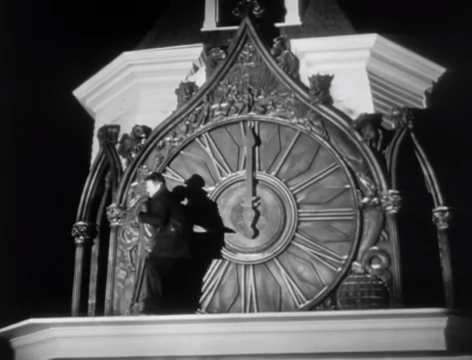
Christian Marclay’s The Clock is an extraordinary installation piece that runs for 24 hours, making it one of the longest films in the world. A mosaic of thousands of film clips, it synchronizes real-time with the actual time of day, featuring scenes that prominently showcase clocks or references to time. The movie’s editing is so meticulous that it becomes a captivating puzzle for viewers to piece together. Although the film lacks a conventional narrative, its structure builds a unique sense of suspense and connection. It explores the passage of time, as well as the way time is depicted in film, making the mundane act of watching time pass a deeply engaging experience. Viewers are drawn into its hypnotic rhythm, and the film functions both as an artwork and as an immersive temporal experience. Marclay’s work is as much a tribute to film history as it is a conceptual critique of time itself.
“Berlin Alexanderplatz” (1980) – 15 hours
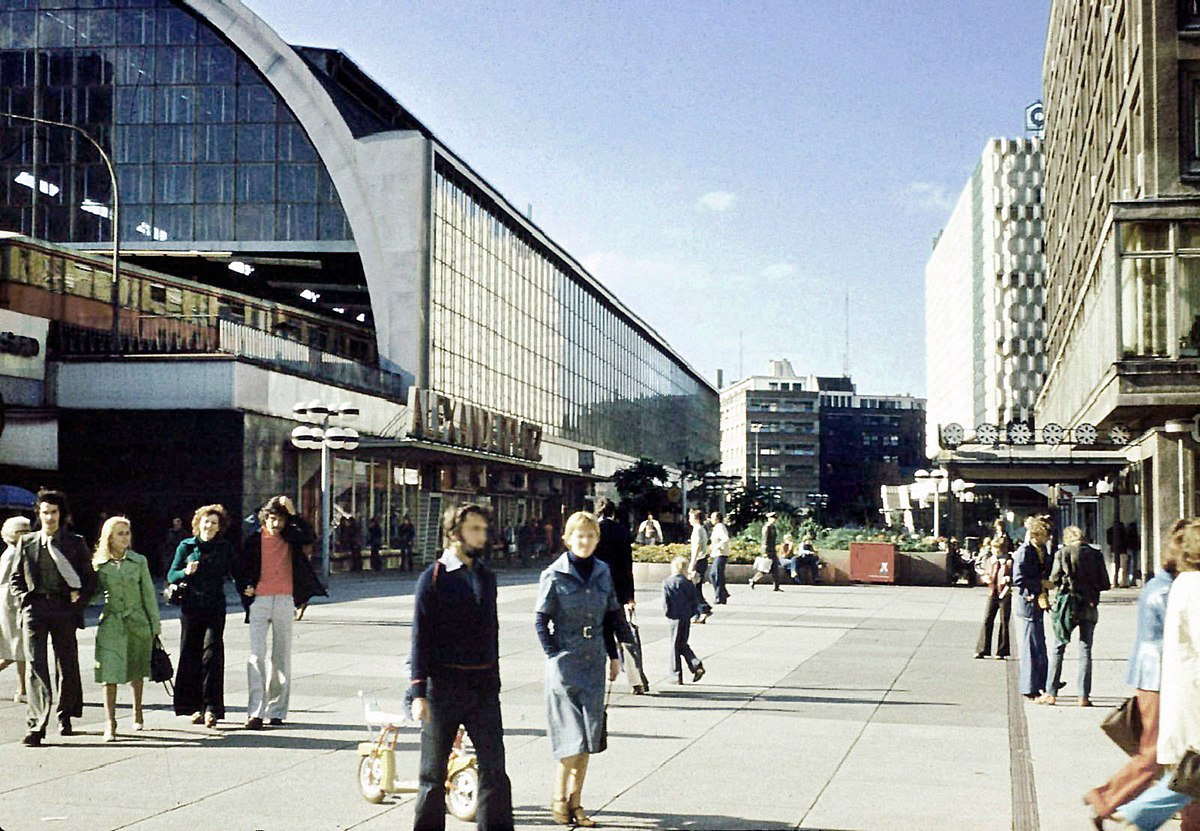
Berlin Alexanderplatz is an epic miniseries directed by Rainer Werner Fassbinder, adapted from Alfred Döblin’s 1929 novel. With a runtime of 15 hours, it recounts the tumultuous life of Franz Biberkopf, a man struggling to reintegrate into society after being released from prison. Fassbinder’s adaptation is dense with political, social, and existential themes, depicting the alienation of the working class in Weimar-era Berlin. The series delves into the intricacies of German history and the personal disillusionments that unfold within it. Fassbinder’s cinematic language is slow and deliberate, allowing for complex character studies and profound moments of reflection. Though it demands patience, the film rewards viewers with its rich, intricate portrayal of a man grappling with his past. It remains one of the towering achievements of German cinema.
“Shoah” (1985) – 9 hours 26 minutes
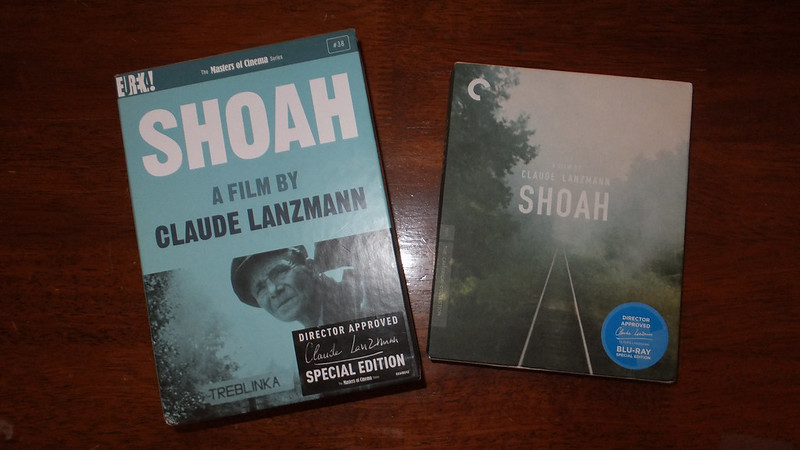
Claude Lanzmann’s Shoah is a harrowing documentary about the Holocaust, and with a runtime of 9 hours and 26 minutes, it is an extensive and detailed exploration of the events. Unlike many historical documentaries, Shoah forgoes traditional archival footage in favor of interviews with survivors, perpetrators, and witnesses. Lanzmann’s patient approach emphasizes the slow unfolding of memories and trauma, rather than sensationalism. The film is built on the belief that the Holocaust cannot be adequately represented through conventional forms of storytelling. As a result, Shoah operates more as an immersive experience, drawing viewers into the long, painful process of recollection. The film’s length allows for deep reflections on the implications of the Holocaust, providing a more nuanced understanding of the historical atrocity. Its lasting impact lies in its ability to provoke thought, not just through historical facts, but through emotional and philosophical inquiry.
“The Fall of the House of Usher” (1928) – 4 hours 30 minutes
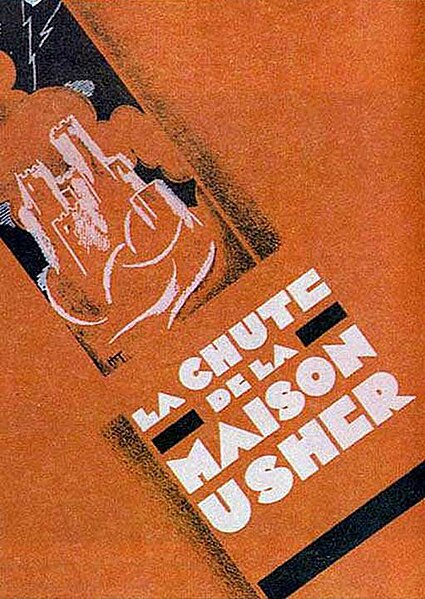
Jean Epstein’s The Fall of the House of Usher is an expressionist adaptation of Edgar Allan Poe’s short story, running at over 4.5 hours. The film is not just a faithful recreation of Poe’s work; it extends and expands the themes of madness, obsession, and decay. Epstein uses a combination of dreamlike imagery and haunting visuals to immerse the viewer in an almost surreal experience. The pace of the film can be slow, emphasizing atmosphere and psychological tension over traditional plot development. The director’s use of shadows, eerie silence, and unusual camera angles gives the film a unique, almost otherworldly quality. While its runtime is lengthy for a silent film, it contributes to the unsettling mood of the story. Epstein’s Usher is a work of early cinematic expressionism, pushing the boundaries of film as an emotional and visual art form.
“Koyaanisqatsi” (1982) – 1 hour 26 minutes (but accompanied by sequels)
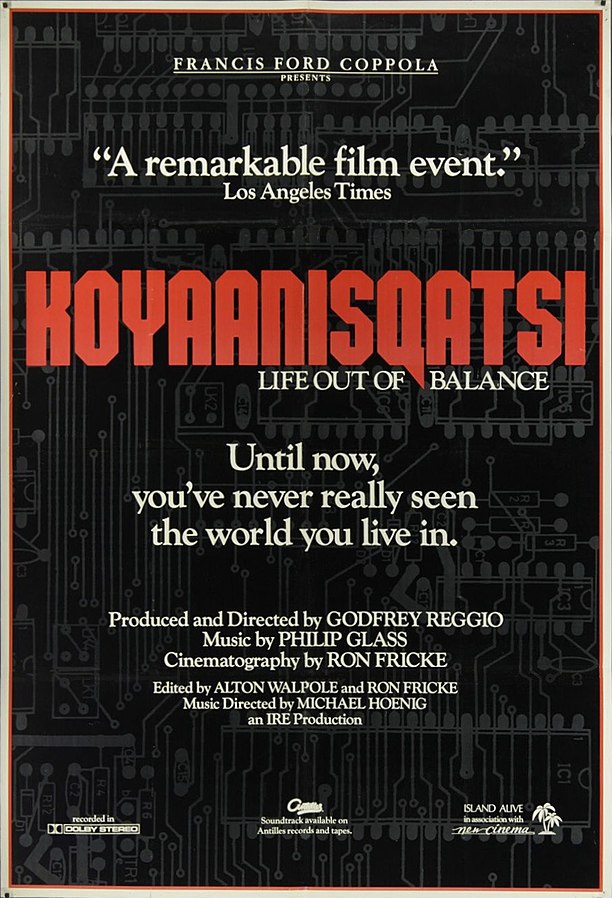
Though Koyaanisqatsi is only 86 minutes long, its sequels, Powaqqatsi (1988) and Naqoyqatsi (2002), contribute to the epic trilogy that spans over 4 hours. Directed by Godfrey Reggio and with music by Philip Glass, this non-narrative film explores the relationship between humans, technology, and nature. The trilogy offers a visual and auditory feast, featuring stunning cinematography and a haunting score. By blending time-lapse photography with powerful music, the films depict humanity’s growing disconnect from the natural world. Each part of the trilogy delves into different facets of life, from urbanization to environmental destruction, making it an important social commentary. The films’ structure is unconventional, relying entirely on imagery and sound to convey meaning. Though it is not traditionally “long” in terms of a single movie, the full trilogy offers an expansive, thought-provoking cinematic experience.
“The Human Condition” (1959–1961) – 9 hours

The Human Condition, directed by Masaki Kobayashi, is a Japanese epic trilogy based on the novels by Junpei Gomikawa. The trilogy spans nearly 9 hours, depicting the trials and moral dilemmas faced by Kaji, a Japanese man during World War II. The films explore themes of survival, the horrors of war, and the individual’s struggle against inhumanity. Kaji’s journey from idealism to disillusionment is portrayed with stark realism and emotional depth. The movies are a powerful reflection on the human spirit under duress, offering a meditation on the complexities of morality in wartime. The trilogy’s length allows for a thorough exploration of Kaji’s character and the devastating impacts of war. The Human Condition remains a cornerstone of Japanese cinema and one of the most poignant anti-war films ever made.
This article originally appeared on Rarest.org.
More From Rarest.Org
The world’s oceans cover more than 70% of the Earth’s surface, holding a stunning variety of marine life, landscapes, and mysteries. These oceans don’t just define our planet’s geography but also play vital roles in climate, weather patterns, and the livelihoods of millions. Read more.
Battlefields are places where history was made, but they’re also often filled with stories of lingering spirits and eerie encounters. Many believe that the intense emotions, sacrifices, and tragic losses in these places leave an imprint on the land, making them prone to paranormal activity. Read more.

